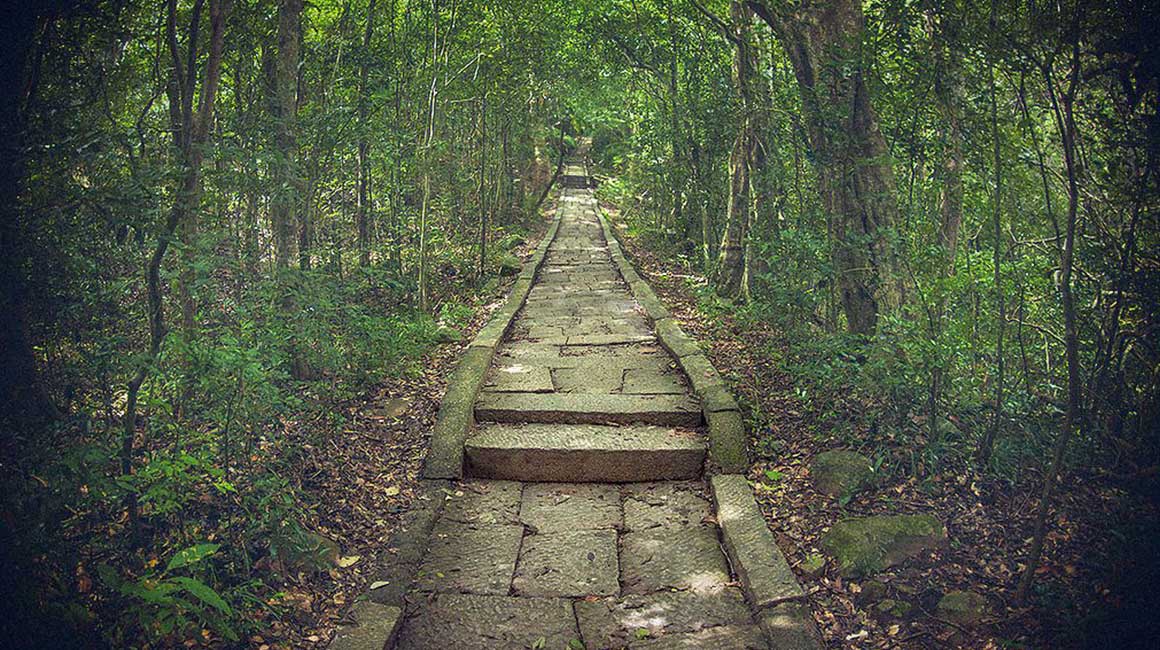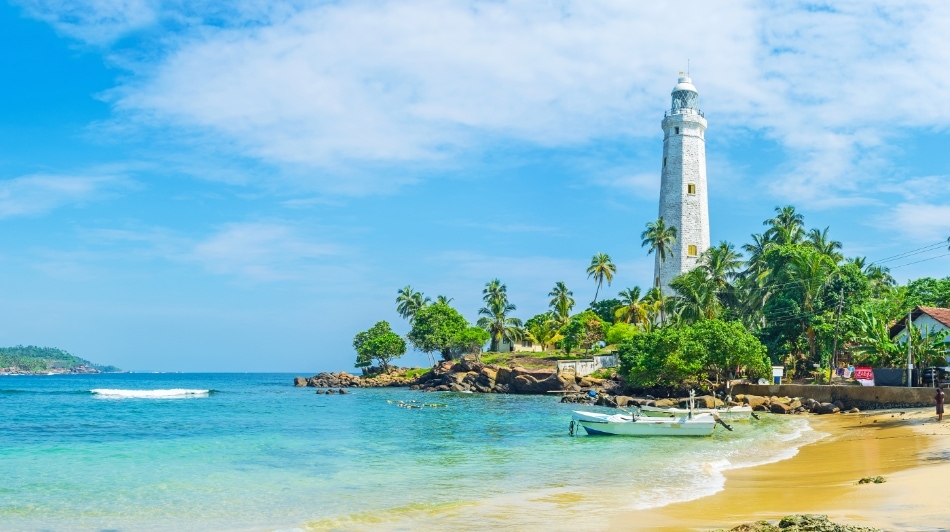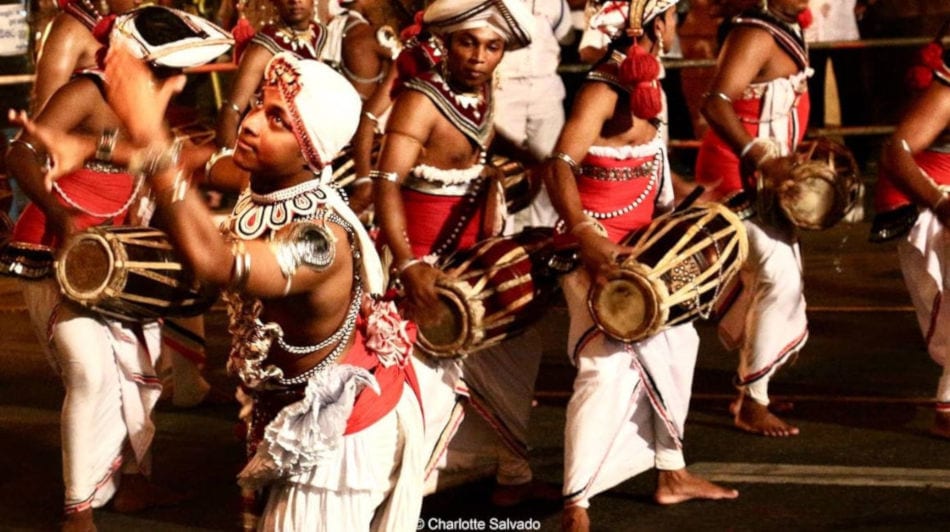Ritigala

The mystical origins of Ritigala engage the interest of both the native and international traveller. Situated in the ancient city of Anuradhapura, Sri Lanka, Ritigala is a monastery constructed during the early era of the Anuradhapura Kingdom. Essentially a mountain range, Ritigala is complete with four peaks.
Preserving seventy rock caves that trace the beginning of its existence to the first-century bc. Chronicles reveal that during the rule of King Pandukabhaya, Ritigala was known as ‘Ariththa – Pabbata’. It has been a refuge for kings during foreign invasions and when the internal regime seemed unstable. Since the birth of Buddhism in Sri Lanka, Ritigala has functioned as a monastery. The ruins remaining enlightens visitors on the advanced structural knowledge the ancients had possessed. Openly expressing the cutting-edge technology and knowhow they had on irrigation, the reservoir known as Banda Pokuna is found here. Constructed on an elevated ground, the reservoir is still a fascinating feature of Ritigala. It is believed that the monastics would have utilised Banda Pokuna for their everyday bathing purposes. Scholars have also considered the reservoir to be used by pilgrims before engaging in any devout practises.
The name Ritigala derives from the myth of giant of the same name. The two giants Sona and Ritigala had battled and Ritigala had been the victor. However, residents of the neighbouring areas believe that Sona’s spirit still remained here. The mysticism of the region even goes as far as back as the legend of Ramayana. Hanuman in search of Rama’s wife Sita had arrived in Lanka. When he finally tracked her whereabouts he went to Ritigala to take a giant leap to South India to tell his friend about his discovery.
Conserving a unique nature reserve, Ritigala is administered under the watchful eye of Department of Wildlife and Forest Department of Sri Lanka.



